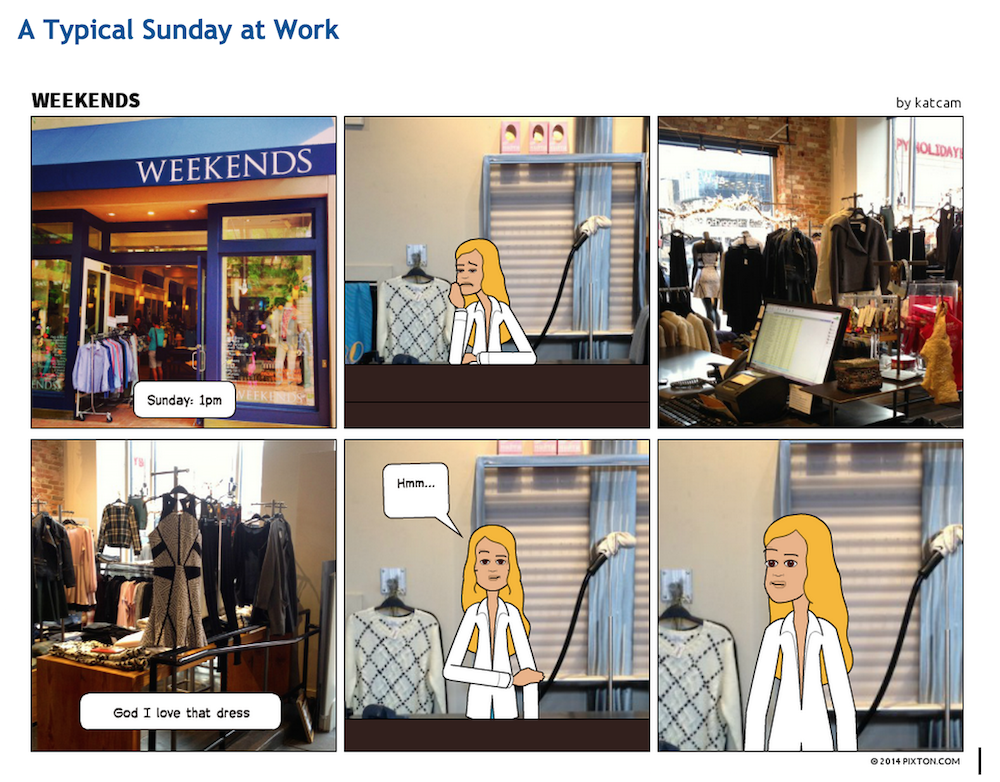-
Audacity
audio narrative
Camtasia
cartoon animation
ComicLife
content hosting
design
digital storytelling
exporting
fair use
favorite
GarageBand
GoAnimate
images
iMovie
interviews
iPad
live video
MovieMaker
PDFs
peer review
Pixton
PowerPoint
Prezi
primary research
QuickTime
reader-friendly
remix
reusable media
rhetorical awareness
screencasting
screenshots
stop motion
storyboarding
ThisIBelieve
Tumblr
usability
voiceover
web-ready
Web 2.0
web article
web publishing
Weebly
wikis
YouTube
Author Archives: Amy G.
STUDENT SAMPLE – A Gay & a Queer Walk into a Bar
Jaima, a Fall 2014 student, made this comic to educate viewers about the differences between “gay” and “queer” as identities.
HOW TO – Apply interesting effects to your photos
(this post is under development – will add content to go with the samples later)

